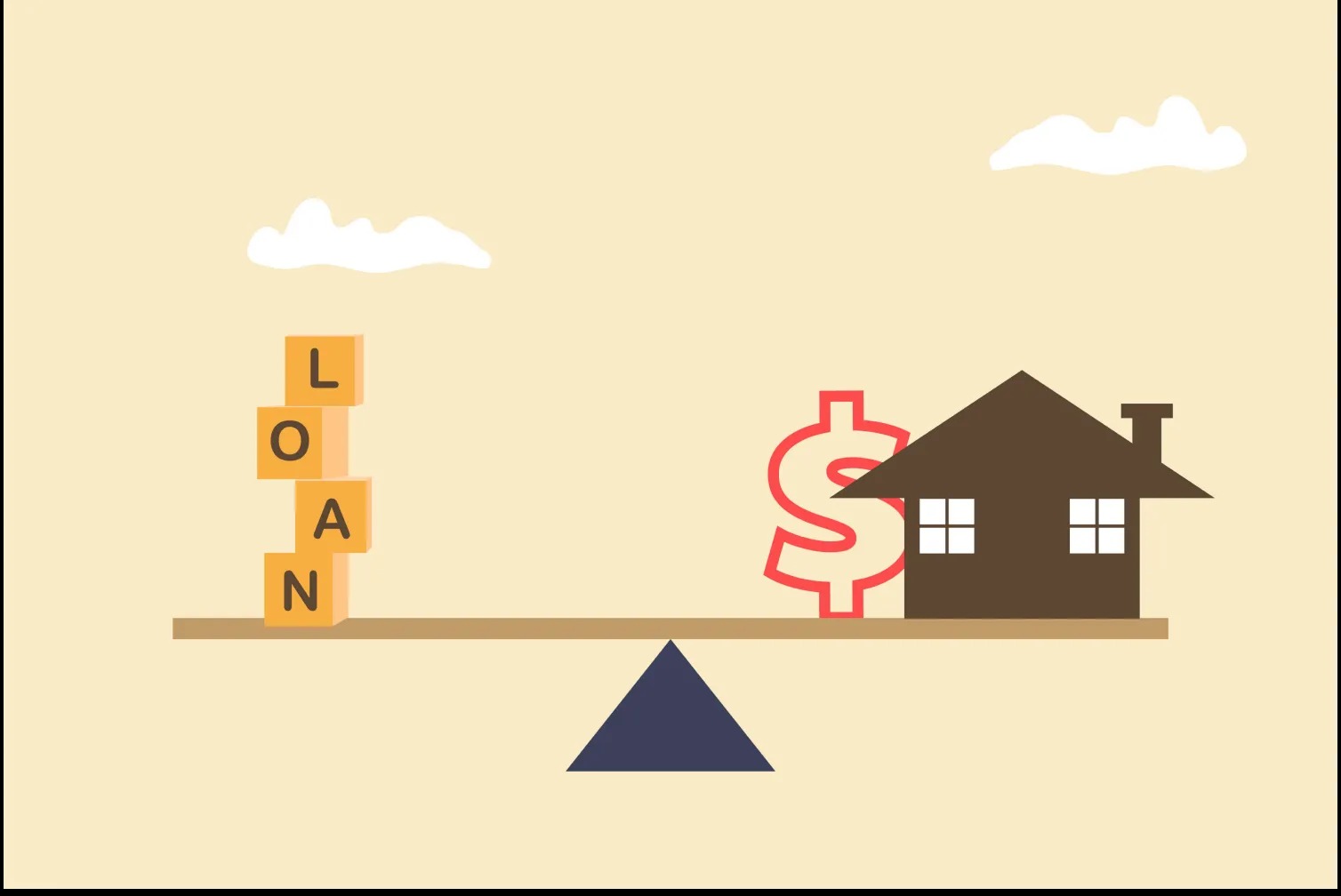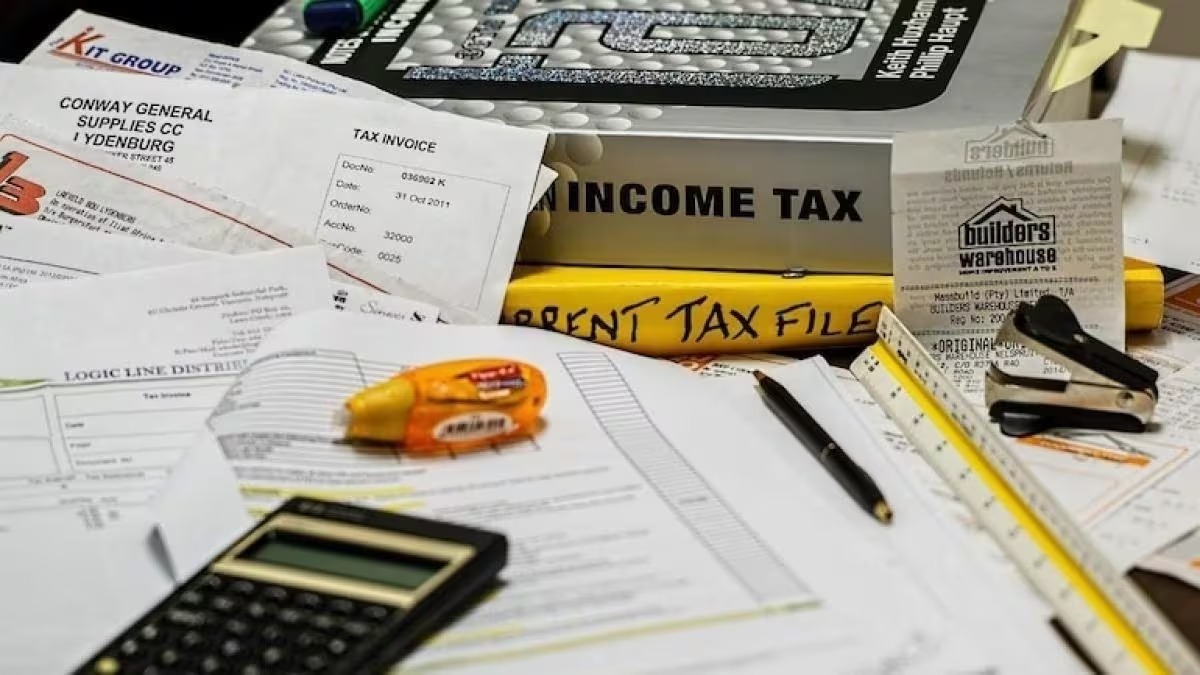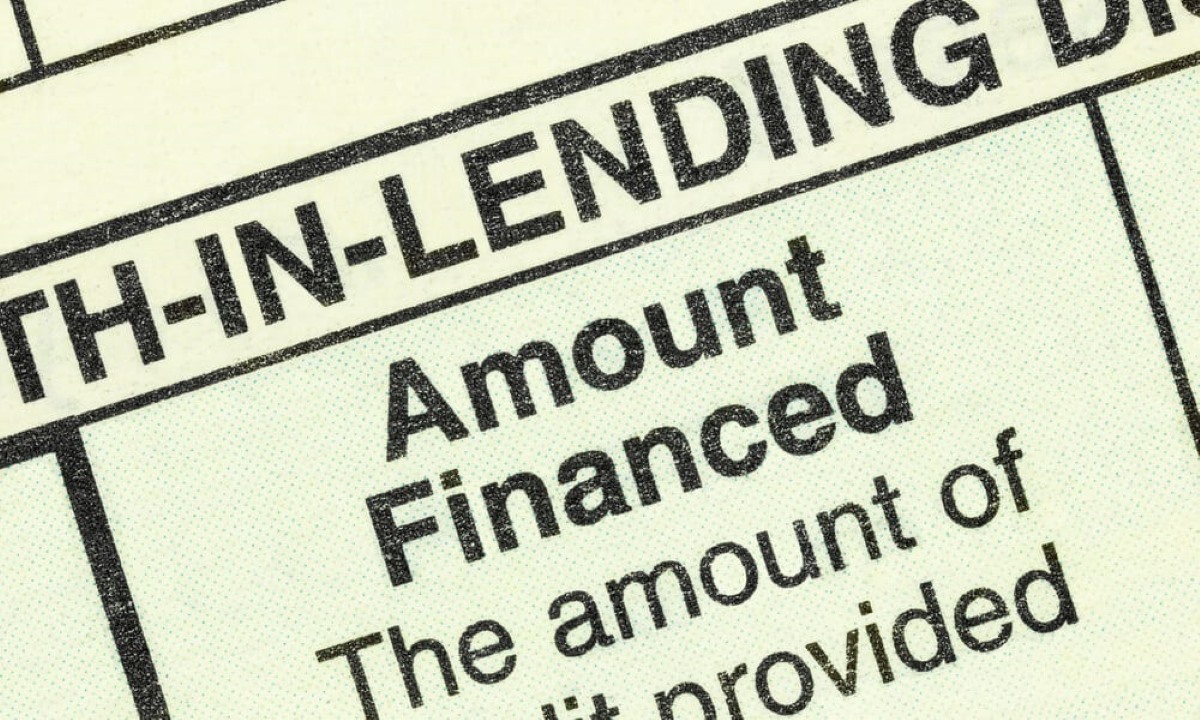Home>Finance>What Is The Grace Period For Filing Unemployment?


Finance
What Is The Grace Period For Filing Unemployment?
Published: February 19, 2024
Learn about the grace period for filing unemployment and its impact on your finances. Understand the financial implications of delayed unemployment claims.
(Many of the links in this article redirect to a specific reviewed product. Your purchase of these products through affiliate links helps to generate commission for LiveWell, at no extra cost. Learn more)
Table of Contents
Introduction
Understanding the Grace Period for Filing Unemployment
Unemployment is a challenging phase that many individuals may encounter at some point in their careers. During such times, understanding the grace period for filing unemployment becomes crucial. The grace period refers to the timeframe during which individuals who have lost their jobs can apply for unemployment benefits. This period is designed to offer a buffer for individuals to navigate the complexities of unemployment and secure the support they need to sustain themselves while seeking new employment opportunities.
The grace period for filing unemployment serves as a critical lifeline for those facing unexpected job loss. It provides a window of opportunity for individuals to initiate the process of claiming unemployment benefits, thereby easing the financial strain that accompanies unemployment. This period also allows individuals to gather the necessary documentation and information required for the application, ensuring a smoother and more efficient process.
Understanding the intricacies of the unemployment grace period is essential for individuals who find themselves in this challenging situation. It empowers them to make informed decisions and take the necessary steps to access the support they are entitled to during this transitional phase. In the following sections, we will delve deeper into the eligibility criteria, benefits, and the application process for the unemployment grace period, shedding light on its significance and the resources available to those in need.
Understanding Unemployment Grace Period
The unemployment grace period is a crucial interval that allows individuals who have lost their jobs to apply for unemployment benefits. This period typically begins immediately after the individual’s employment ends and lasts for a specified duration, during which they can initiate the process of claiming financial assistance. Understanding the nuances of this grace period is essential for navigating the complexities of unemployment and accessing the support one needs during this challenging phase.
One of the primary purposes of the unemployment grace period is to provide individuals with the opportunity to secure their financial stability while they seek new employment. It offers a buffer during which individuals can gather the necessary documentation, assess their eligibility for benefits, and familiarize themselves with the application process. This period serves as a transitional bridge, helping individuals navigate the initial hurdles of unemployment without experiencing an abrupt financial vacuum.
Moreover, the unemployment grace period is designed to offer individuals a sense of security and assurance as they navigate the uncertainties of job loss. It provides a window of time during which individuals can explore their options, evaluate their financial needs, and take the initial steps towards accessing the support system in place for the unemployed workforce. By understanding the intricacies of this grace period, individuals can make informed decisions and effectively leverage the resources available to them.
Ultimately, comprehending the unemployment grace period empowers individuals to approach their circumstances with clarity and purpose. It enables them to proactively engage with the support mechanisms designed to assist those in transition, thereby laying the groundwork for a more stable and secure financial future. As we delve deeper into the eligibility criteria and application process, it becomes evident that a comprehensive understanding of the unemployment grace period is instrumental in navigating the path towards financial stability during unemployment.
Eligibility for Unemployment Grace Period
Understanding the eligibility criteria for the unemployment grace period is essential for individuals who are navigating the process of claiming unemployment benefits. While the specific requirements may vary based on the jurisdiction and the nature of the individual’s employment, certain fundamental principles govern eligibility for this critical period.
One of the primary eligibility factors for the unemployment grace period is the circumstances surrounding the individual’s job separation. In most cases, individuals who have lost their jobs due to reasons beyond their control, such as layoffs, company closures, or restructuring, are typically eligible for the grace period. This is aimed at providing support to individuals who find themselves unemployed through no fault of their own, ensuring that they have the opportunity to access financial assistance during this transitional phase.
Additionally, individuals seeking to avail themselves of the unemployment grace period are often required to meet specific employment and earnings criteria. These criteria may include having a minimum tenure of employment or meeting certain income thresholds during a specified period preceding the job separation. By assessing an individual’s work history and earnings, the eligibility criteria aim to ensure that those who have been actively engaged in the workforce and have experienced a sudden loss of employment are able to access the support they need.
Furthermore, individuals must typically demonstrate their willingness and ability to work, as well as their proactive efforts to seek new employment opportunities. This may involve registering with employment agencies, actively applying for suitable positions, and adhering to any job search requirements mandated by the unemployment benefit program. By demonstrating a genuine commitment to reentering the workforce, individuals can fulfill a crucial aspect of the eligibility criteria for the grace period.
Understanding and meeting the eligibility criteria for the unemployment grace period is pivotal for individuals seeking to secure financial assistance during a period of job loss. By familiarizing themselves with these criteria and ensuring that they fulfill the necessary requirements, individuals can position themselves to leverage the support system in place and embark on the path towards financial stability during unemployment.
Benefits of Unemployment Grace Period
The unemployment grace period offers a multitude of benefits to individuals who find themselves navigating the challenges of job loss. Understanding and leveraging these benefits is instrumental in mitigating the financial impact of unemployment and facilitating a smoother transition towards securing new employment opportunities.
One of the primary benefits of the unemployment grace period is the financial stability it provides to individuals during a period of uncertainty. By initiating the process of claiming unemployment benefits within the grace period, individuals can access a source of income that helps cover essential expenses such as housing, utilities, and groceries. This financial cushion alleviates the immediate burden of unemployment, offering individuals the breathing room to focus on their job search and explore potential career pathways without being overwhelmed by financial strain.
Moreover, the grace period allows individuals to familiarize themselves with the unemployment benefit system, understand the extent of the support available, and gather the necessary documentation to substantiate their claims. This proactive approach empowers individuals to navigate the administrative aspects of claiming benefits more effectively, ensuring that they can access the support they are entitled to in a timely manner.
Another significant benefit of the unemployment grace period is the access to additional resources and support services aimed at facilitating the reentry into the workforce. During this period, individuals may have the opportunity to participate in job training programs, career counseling services, and other initiatives designed to enhance their employability and broaden their job prospects. By availing themselves of these resources within the grace period, individuals can proactively invest in their professional development and enhance their readiness to secure new employment.
Furthermore, the unemployment grace period offers individuals a sense of security and assurance as they navigate the complexities of job loss. It serves as a structured timeframe during which individuals can assess their financial needs, explore potential avenues for support, and take the initial steps towards rebuilding their professional lives. This sense of stability can have a positive impact on individuals’ mental and emotional well-being, enabling them to approach their job search with greater resilience and optimism.
Overall, the benefits of the unemployment grace period extend beyond the financial realm, encompassing a holistic approach to supporting individuals through the challenges of unemployment. By leveraging the resources and opportunities available within this period, individuals can lay a robust foundation for their journey towards reemployment and long-term financial stability.
Applying for Unemployment Grace Period
Applying for the unemployment grace period involves a series of essential steps aimed at initiating the process of claiming unemployment benefits. Understanding the application process and fulfilling the necessary requirements is pivotal for individuals seeking to leverage this critical period as they navigate the challenges of job loss.
The first step in applying for the unemployment grace period typically involves gathering the requisite documentation to support the benefit claim. This may include proof of prior employment, such as pay stubs or a formal separation notice from the employer, as well as personal identification documents and relevant financial records. By assembling these documents within the grace period, individuals can streamline the application process and ensure that they have the necessary evidence to substantiate their eligibility for benefits.
Once the documentation is in place, individuals are often required to submit an initial application for unemployment benefits through the designated channels, which may include online portals, in-person visits to unemployment offices, or other specified methods. This application serves as the formal initiation of the benefit claim process and allows individuals to officially enter the system for evaluation and approval.
Following the submission of the initial application, individuals may be required to fulfill additional requirements within the grace period, such as attending orientation sessions, participating in job search activities, or meeting with a case worker to review their employment status. These steps are designed to ensure that individuals are actively engaged in seeking new employment opportunities and are compliant with the regulations governing the receipt of unemployment benefits.
Throughout the application process, individuals may have access to resources and support services aimed at facilitating their reentry into the workforce. This may include job placement assistance, career counseling, and training programs designed to enhance their employability and broaden their job prospects. By actively engaging with these resources within the grace period, individuals can proactively invest in their professional development and increase their readiness to secure new employment.
Understanding the intricacies of the application process for the unemployment grace period empowers individuals to navigate the administrative requirements with confidence and clarity. By proactively fulfilling the necessary steps and leveraging the resources available, individuals can position themselves to access the support they need and embark on a proactive journey towards reemployment and financial stability.
Conclusion
The unemployment grace period stands as a vital lifeline for individuals navigating the complexities of job loss, offering a structured timeframe during which they can access critical support and resources. Understanding the nuances of this grace period is instrumental in empowering individuals to proactively engage with the unemployment benefit system, secure financial stability, and embark on a path towards reemployment and long-term financial security.
By comprehending the eligibility criteria for the unemployment grace period, individuals can position themselves to leverage this critical interval and access the financial assistance they need during a period of job loss. Meeting the necessary employment and earnings criteria, demonstrating a commitment to reentering the workforce, and understanding the circumstances that qualify for the grace period are pivotal in navigating the initial stages of claiming unemployment benefits.
Furthermore, the benefits of the unemployment grace period extend far beyond financial assistance, encompassing access to additional resources, support services, and opportunities for professional development. By familiarizing themselves with these benefits and actively engaging with the available resources, individuals can enhance their readiness to secure new employment and navigate the transitional phase with resilience and optimism.
Applying for the unemployment grace period involves a series of essential steps, from gathering the required documentation to submitting the initial application and fulfilling additional requirements within the designated timeframe. Understanding and navigating this application process is crucial for individuals seeking to access the support system in place and position themselves for a successful transition back into the workforce.
In conclusion, the unemployment grace period serves as a cornerstone of support for individuals facing the challenges of job loss, providing a structured framework within which they can access financial assistance, resources, and opportunities for professional development. By understanding the eligibility criteria, benefits, and application process associated with this critical period, individuals can navigate the complexities of unemployment with clarity, purpose, and the assurance of a supportive system in place.














